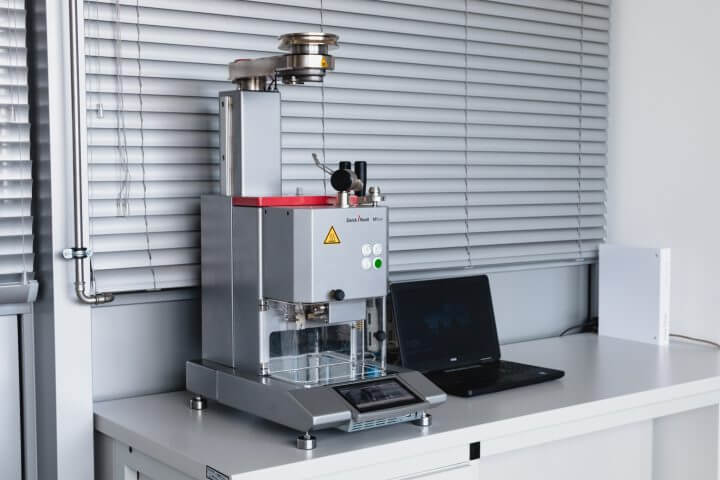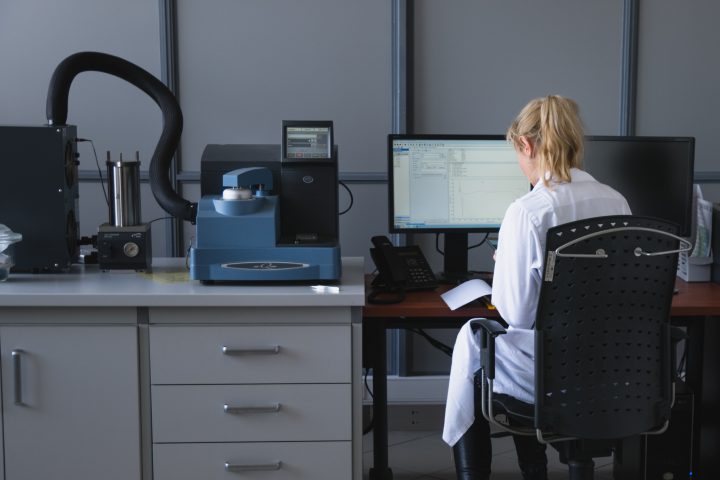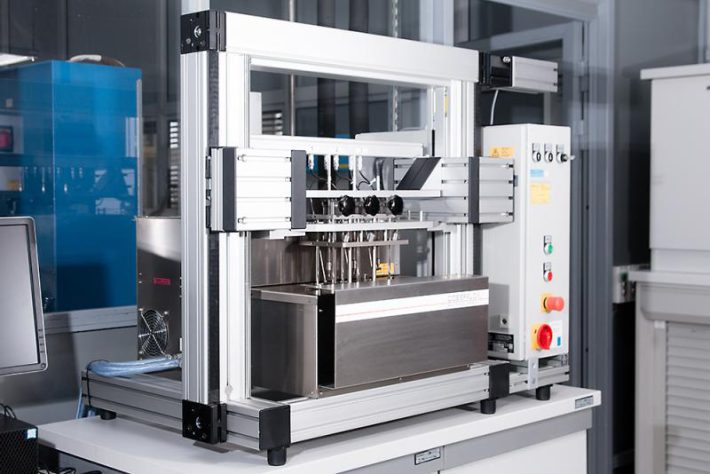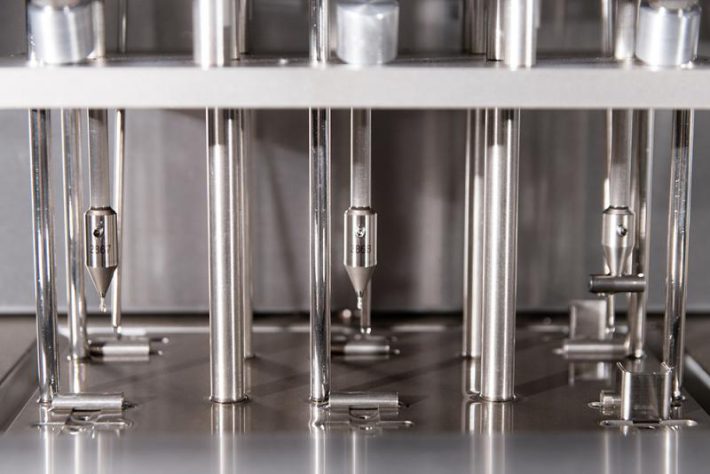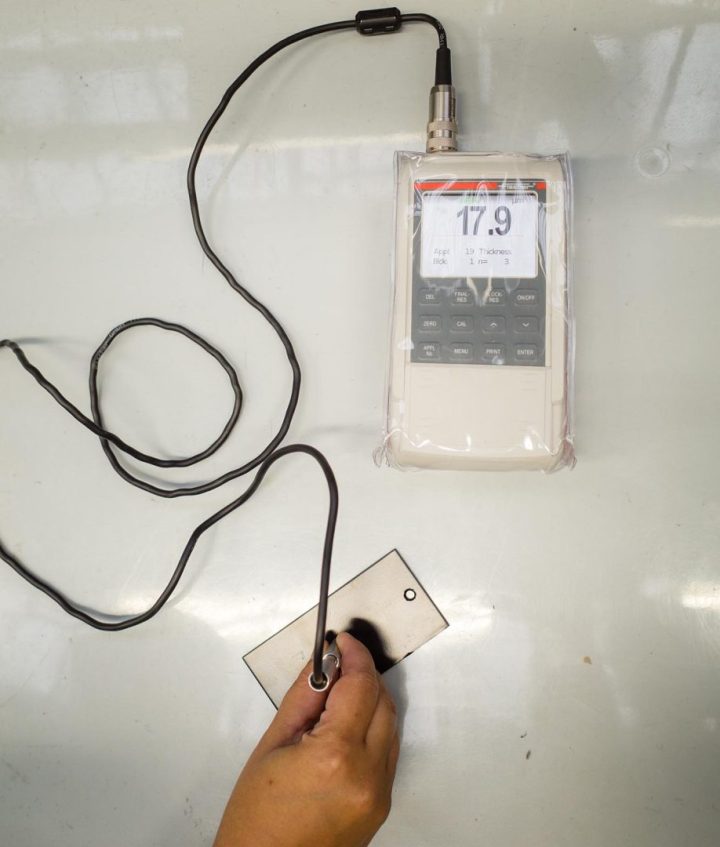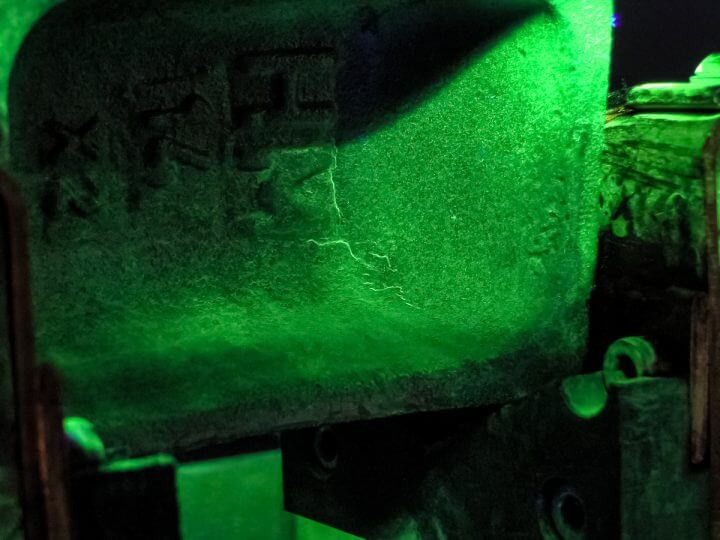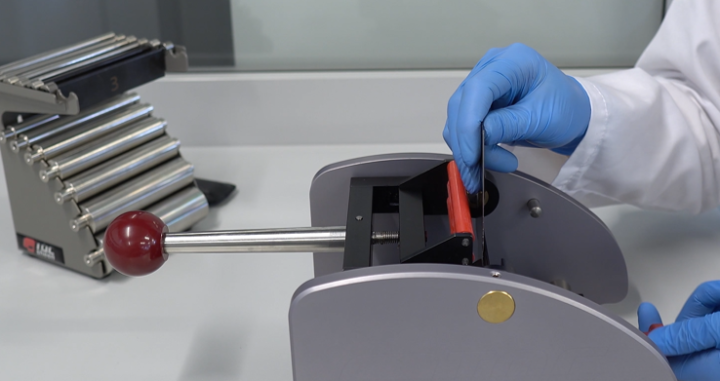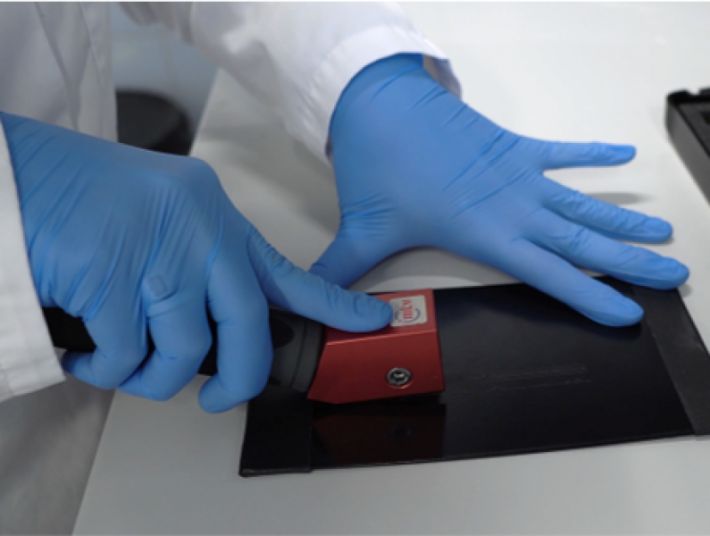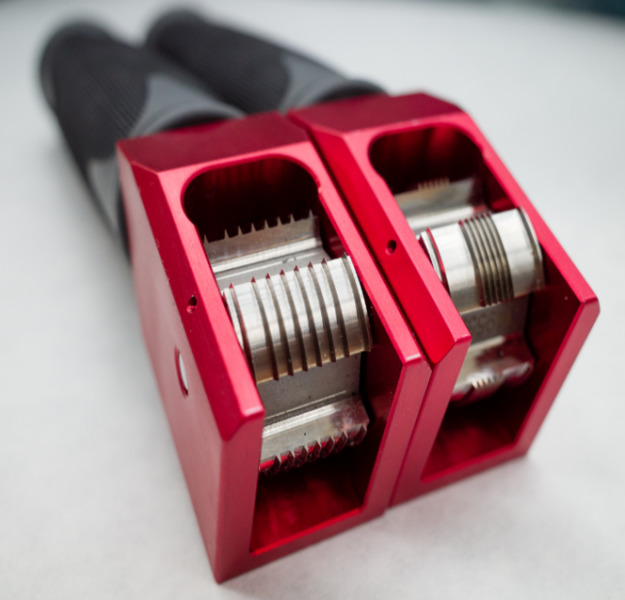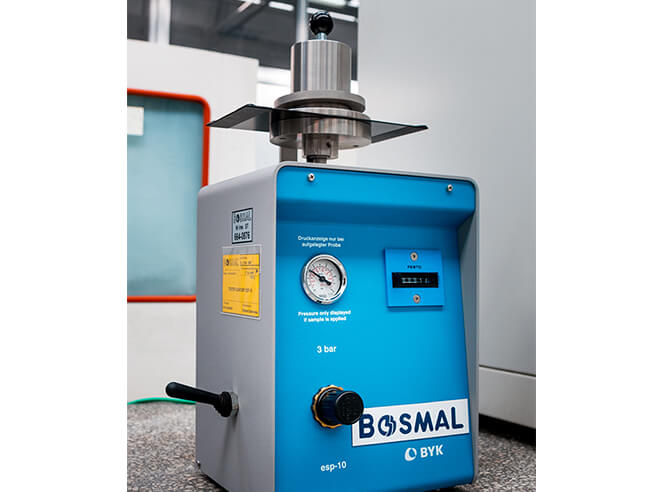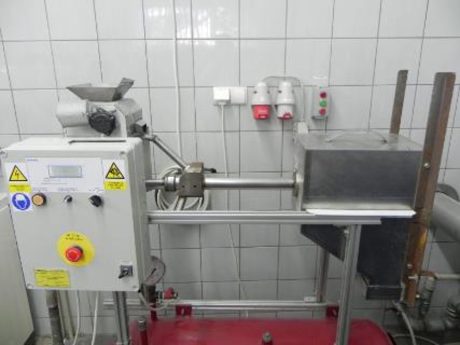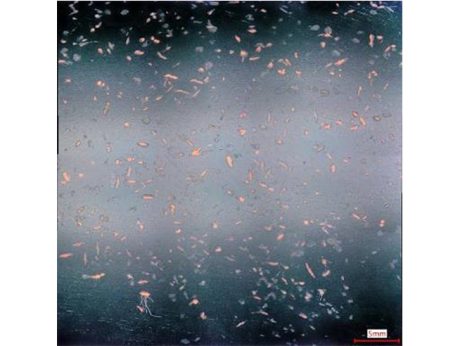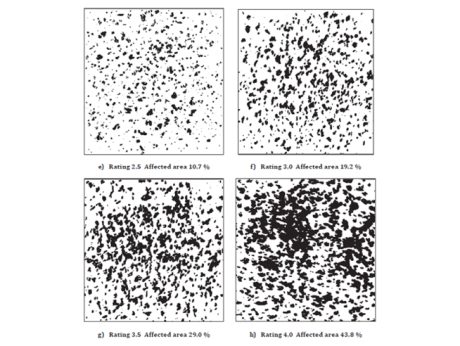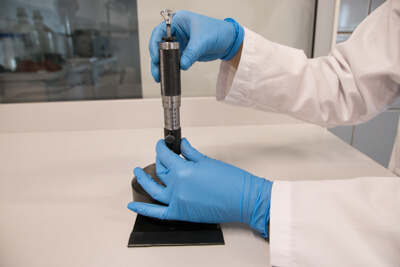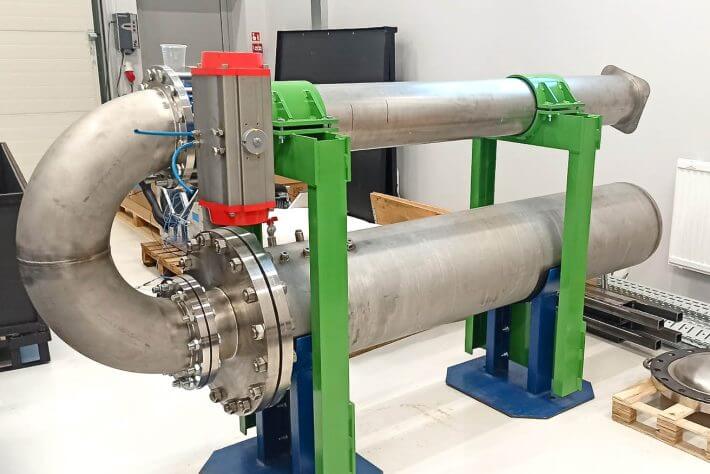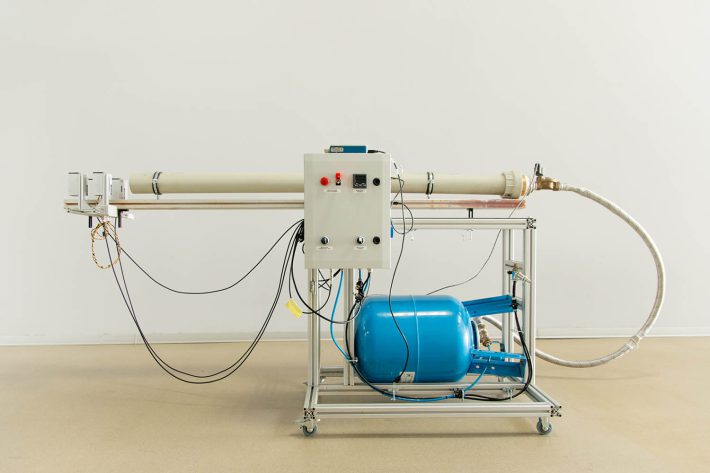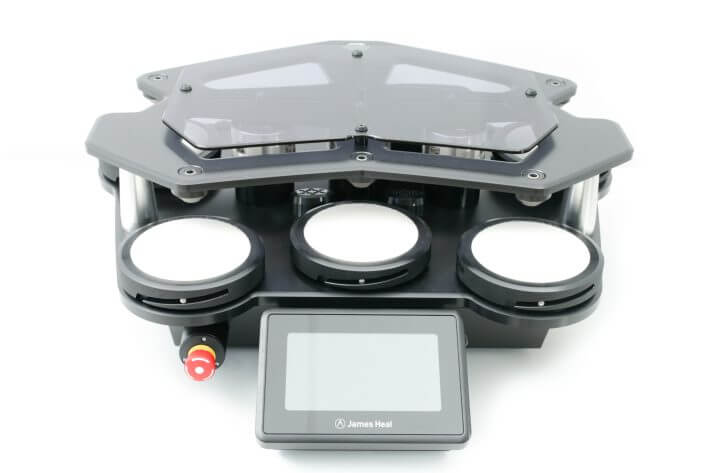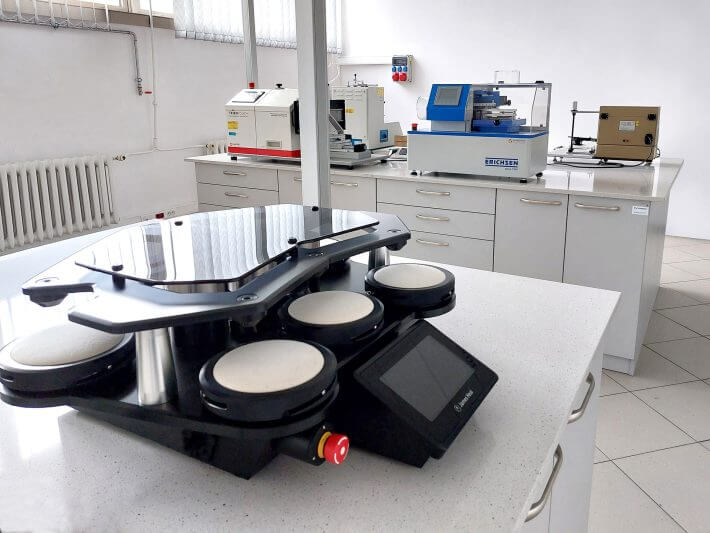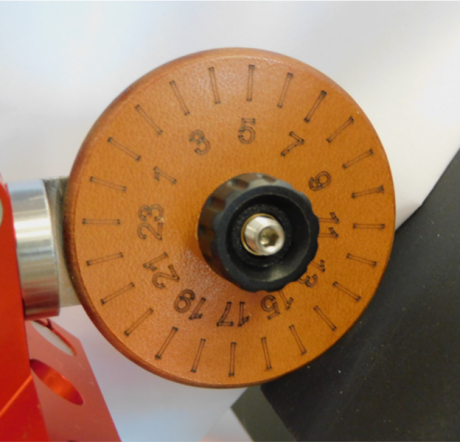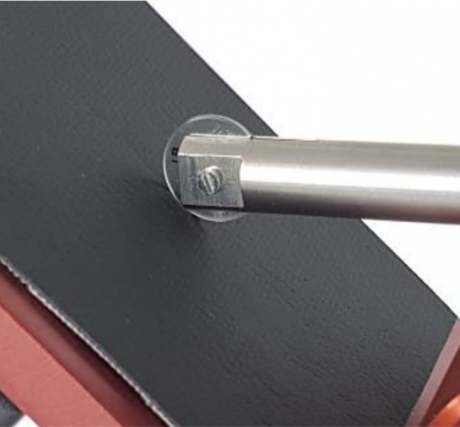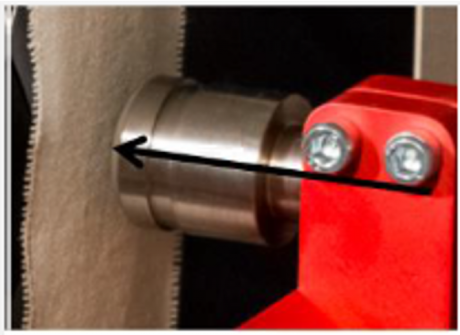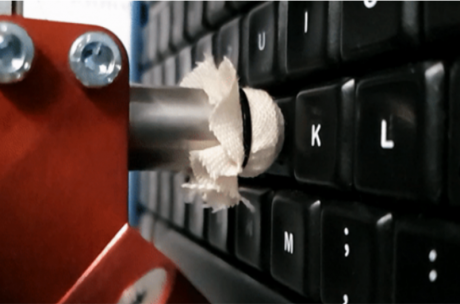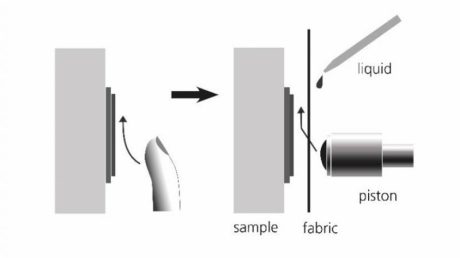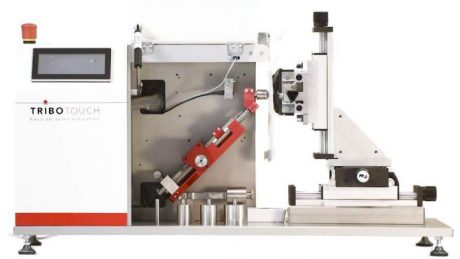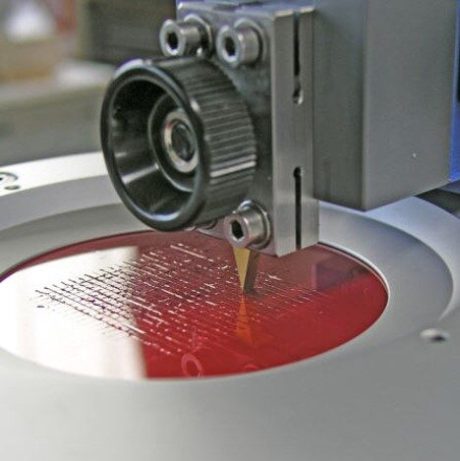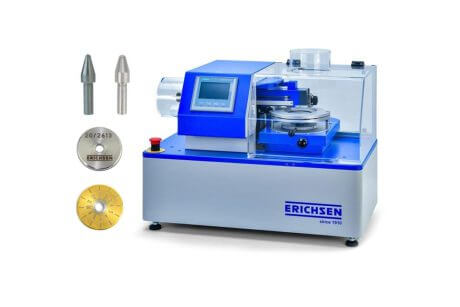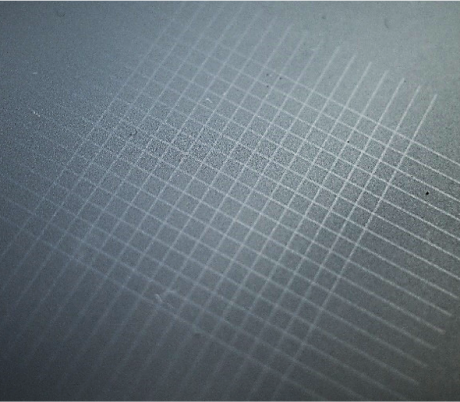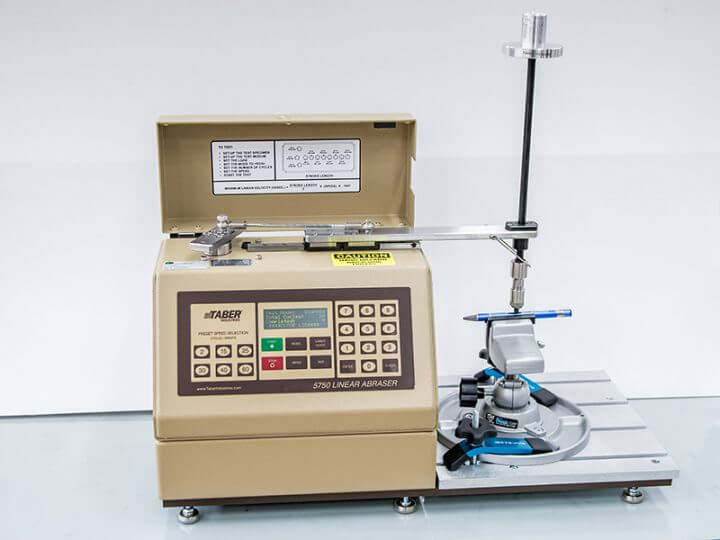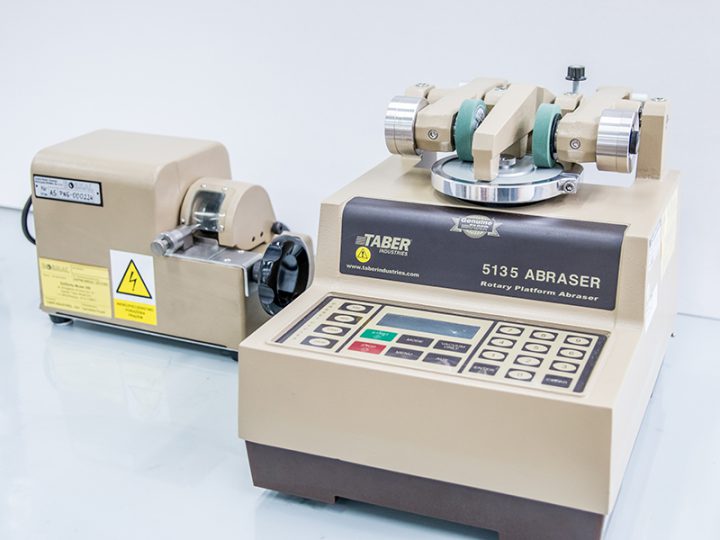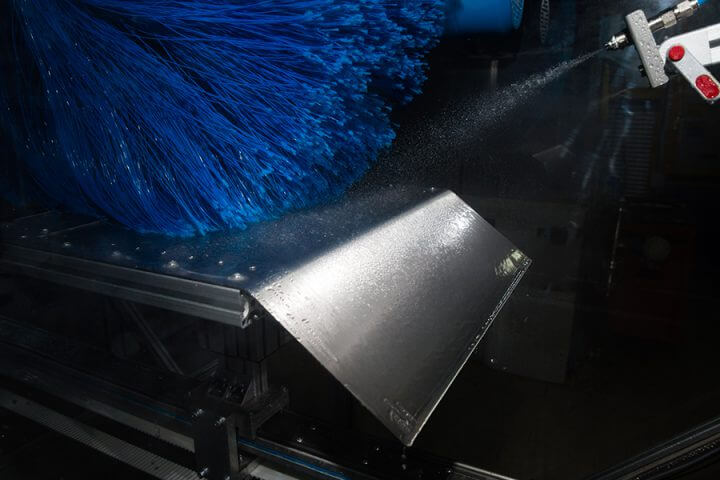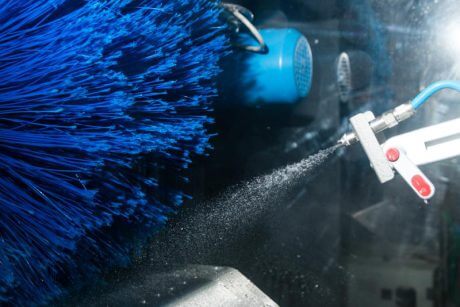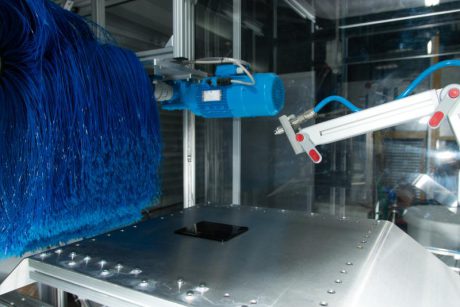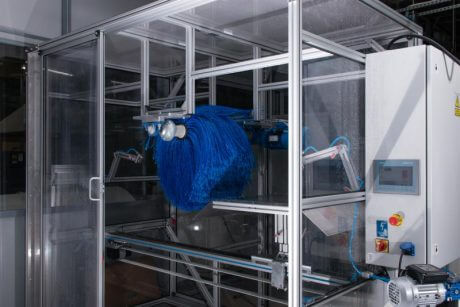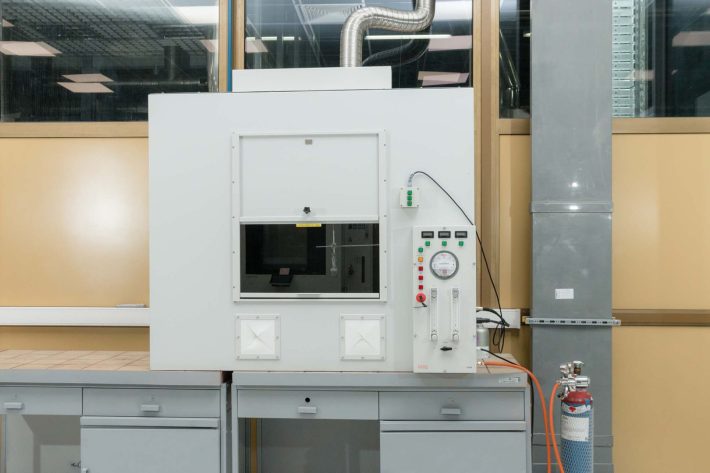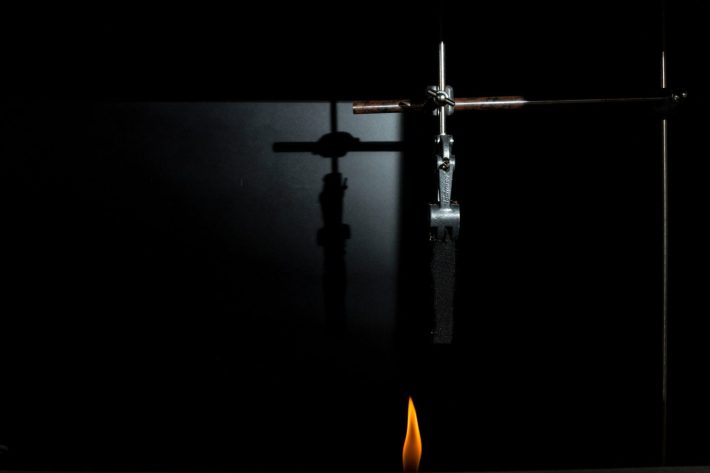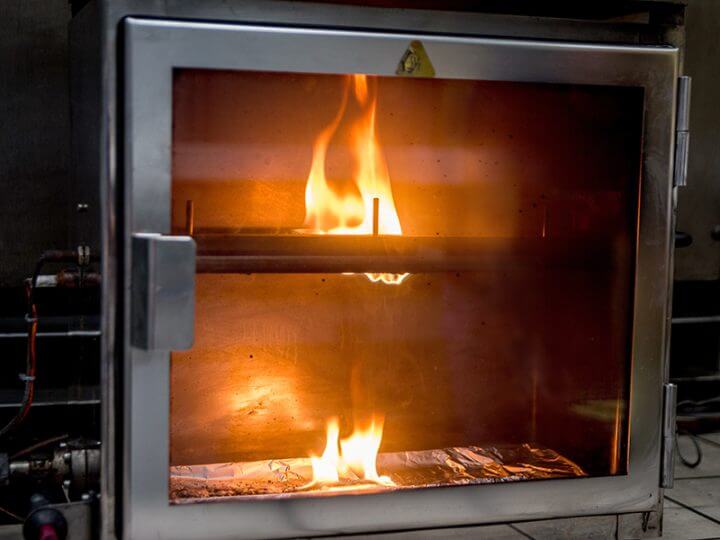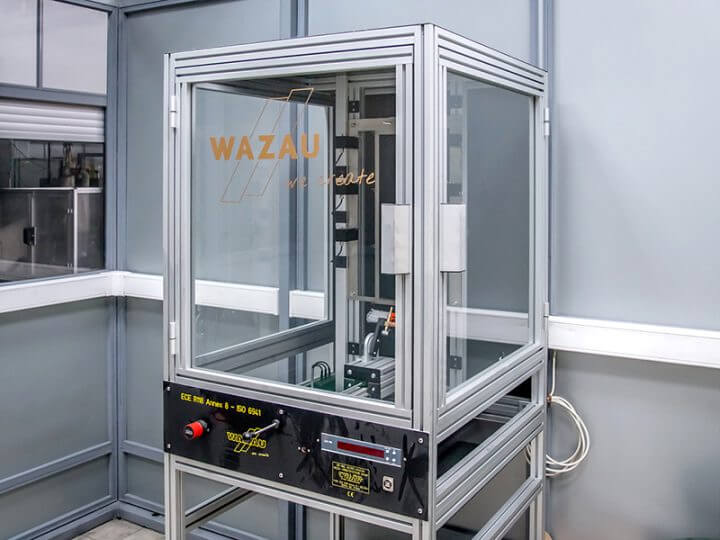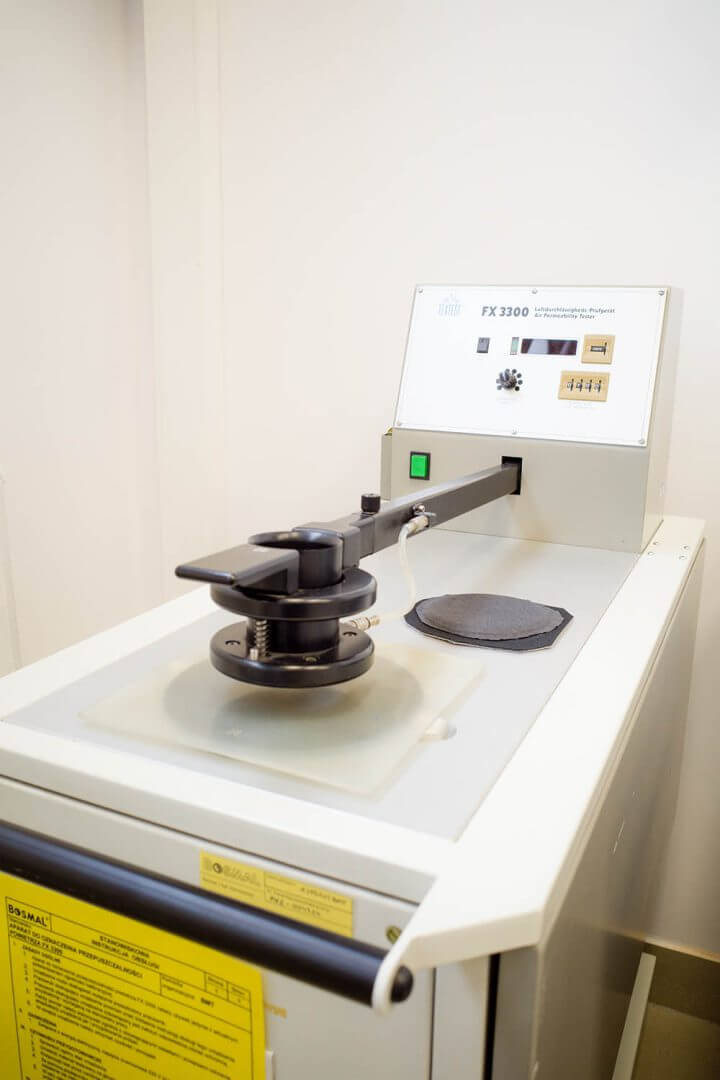Tests of physical and chemical properties of materials and products, including tests of aesthetic and functional properties.
On this page:
- Flow rate index of thermoplastics
- Melting point, crystallization, glass transition, determination of degree of crystallinity
- Heat resistance
- Plastic and rubber density
- Coating thickness
- Material discontinuities – non-destructive tests
- Coating resistance to abrasion and scratches
- Abrasion resistance – Martindale test
- Simulation of rubbing with fingers
- Scratch resistance – Multi-Finger Tester
- Scratch resistance – Scratch resistance tester
- Abrasion test apparatuses – Linear abrasion resistance tester
- Abrasion test apparatuses – Rotational abrasion tester
- Abrasion resistance evaluation – Schopper method
- Laboratory Car Wash – simulation of conditions in an automatic car wash
- Test Methods for Abrasion Resistance of Coatings by Falling Abrasive
See more:
- Badania właściwości mechanicznych
- Testy ciśnieniowe
- Badania właściwości elektrycznych materiałów przewodzących, antystatycznych i izolacyjnych
- Badania optyczne
- Badania produktów naftowych i cieczy eksploatacyjnych
- Badania odporności na warunki środowiskowe
- Badanie odporności wyrobów na światło i warunki pogodowe
- Badania odporności wyrobów na promieniowanie UV
- Badania odporności tworzyw sztucznych i gum na warunki środowiskowe
- Odporność gumy i kauczuku termoplastycznego na starzenie
- Badanie odporności wyrobów na temperaturę
- Badanie odporności korozyjnej wyrobów
- Identyfikacja materiałów oraz zanieczyszczeń wyrobów, skład chemiczny
- Badania emisji i zapachu
- Zawartość wody

